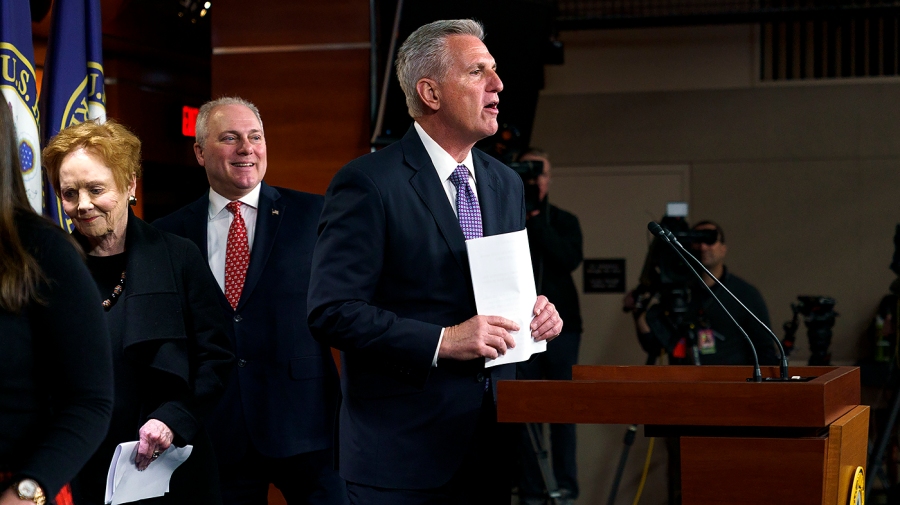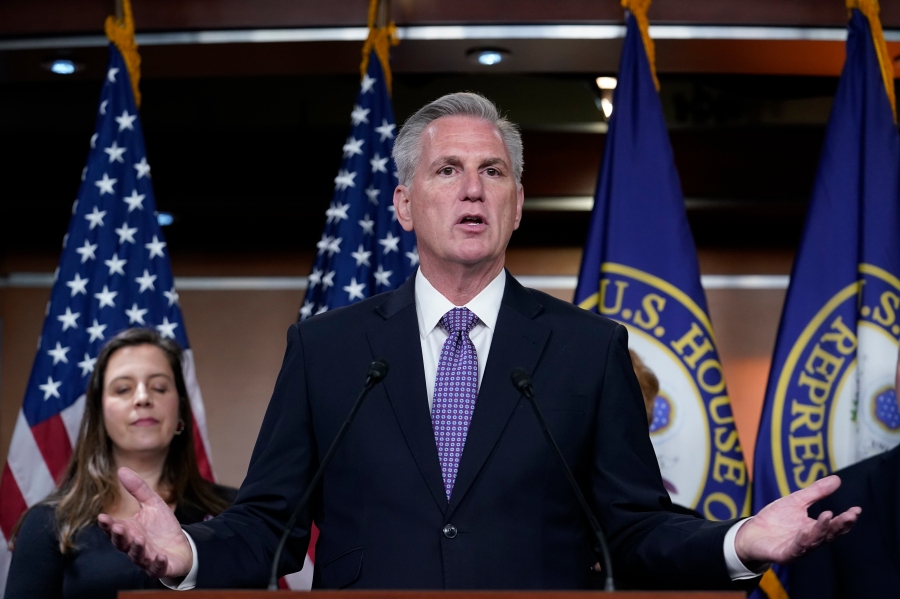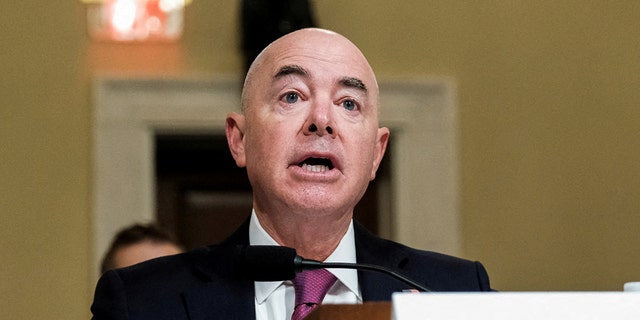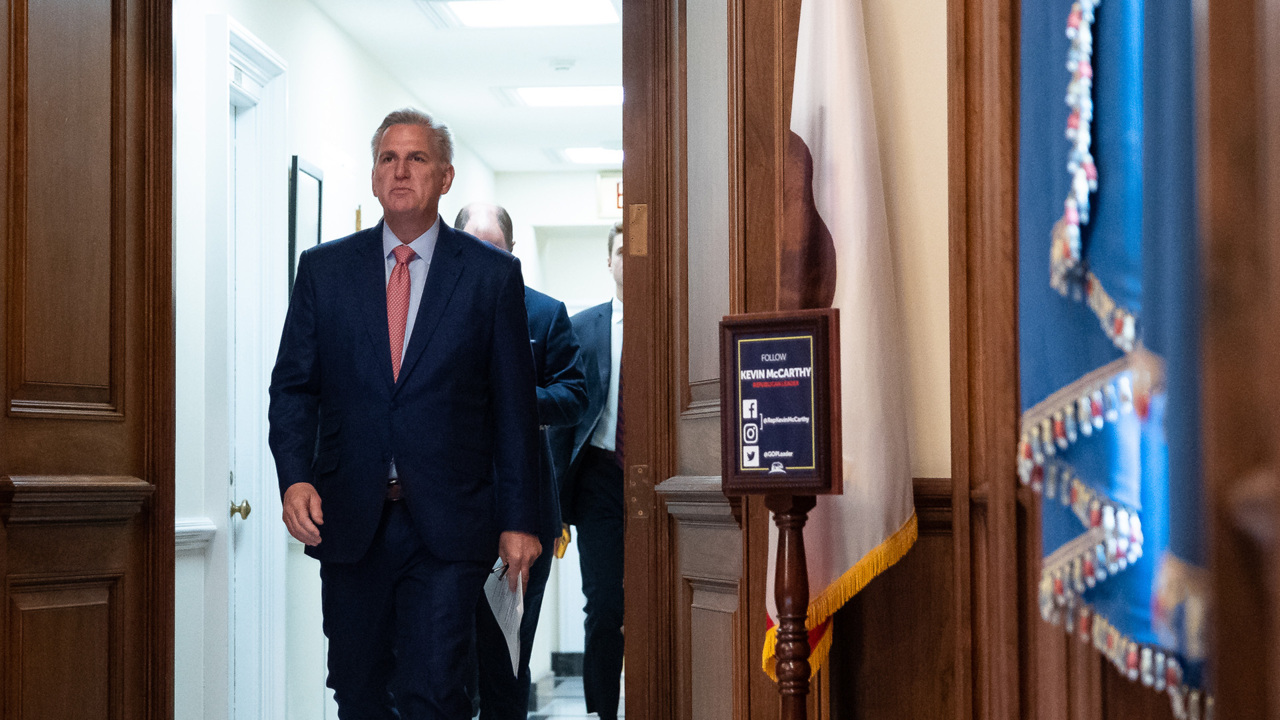Just In | The Hill
More than 24 years ago, The Washington Post became the first major newspaper to publish an opinion piece calling for an open U.S. commitment to defend Taiwan’s democratic sovereignty. It argued, “America’s policy of ‘strategic ambiguity’ has failed. Only strategic clarity will prevent another dangerous miscalculation.”
The 1998 article followed the Third Taiwan Strait Crisis, 1995-1996, when China fired missiles toward Taiwan, Washington sent carrier battle groups to the region, and a Clinton administration official called it “our own Cuban missile crisis; we had stared into the abyss.” But when Chinese officials asked how the U.S. would respond to an outright attack on Taiwan, a more senior official said, “We don’t know. … It would depend on the circumstances.”
Since then, scores of articles have appeared defending or assailing the ongoing ambiguity about Washington’s intentions to defend Taiwan. At the same time, the circumstances surrounding the situation across the Taiwan Strait have changed dramatically over the ensuing decades.
The danger to Taiwan and regional security has increased significantly, even beyond that fraught episode. Last week, a Chinese fighter jet aggressively maneuvered within 20 feet of a U.S. reconnaissance plane over the South China Sea, evoking the 2001 EP-3 collision under similar circumstances.
No longer is the Seventh Fleet present in force to guarantee Taiwan’s security, and Chinese submarines constantly patrol the waters. Anti-ship ballistic missiles of the People’s Liberation Army threaten U.S. and allied vessels with a “sea of fire” if they intervene to defend Taiwan.
Indeed, over the past 27 years, only one carrier battle group, the USS Kitty Hawk in 2007, has made the transit through the international Strait that the Seventh Fleet kept safe and open for decades until it was withdrawn as a preemptive concession to China by Richard Nixon and Henry Kissinger in 1972.
Except for a single passage by the USS Nimitz battle group in 1996, the U.S. Navy mostly avoided the Strait until 2006, when the George W. Bush administration learned of the self-imposed restraint and abruptly ended it.
When Beijing protested the Kitty Hawk’s 2007 passage through “Chinese waters,” Adm. Timothy Keating, commander of the Pacific Command, responded, “We don’t need China’s permission to go through the Taiwan Strait; it is international waters. We will exercise our free right of passage, whenever and wherever we choose, as we have done repeatedly in the past and will do in the future.”
Unfortunately, during the remaining two years of the Bush administration, eight years of Barack Obama, four years under Donald Trump, and two years so far of Joe Biden’s administration, no Navy battle group has returned to the Strait — even though at least two of China’s three new aircraft carriers pass unimpeded through those waters on a frequent basis.
U.S. carriers stayed away even during the “Fourth Taiwan Strait Crisis” in August when China fired missiles and conducted air and sea maneuvers over and around Taiwan to protest a visit by House Speaker Nancy Pelosi (D-Calif.). Beijing’s show of force demonstrated that China has the ability and the will to attack Taiwan and/or to impose a strangling blockade on the island if it chooses.
Three weeks after the Chinese exercise, the U.S. sent two cruisers through the Strait to resume scheduled Freedom of Navigation Operations (FONOPS) by combatant ships other than carriers, a program that was regularized by the Trump administration and expanded to monthly transits under Biden. But Beijing still entertains the wishful delusion that Washington may be bluffing. Under those conditions, a U.S.-China conflict over Taiwan seems inevitable.
Biden has made several personal attempts to redress the harm caused by longstanding U.S ambiguity on Taiwan. Four times, he has pledged that the U.S. will defend Taiwan. But, as occurred when Bush and Trump gave similar indications, State Department and White House spokespersons repeatedly stated there was no change in U.S. policy. To add to the confusion, Biden himself has repeated the disclaimer of his own remarks.
Xi Jinping and his colleagues have grown accustomed to observing the disparity between U.S. actions and its rhetorical flourishes. They saw it when Washington guaranteed Ukraine’s security in 1997, prevailed upon NATO in 2008 to invite Ukraine and Georgia into the Alliance, and then acquiesced to Vladimir Putin’s invasion of Georgia in 2008 and Ukraine in 2014.
They saw it in 2012 when Obama, with Biden as his vice president and foreign policy guru, set down an evanescent “red line” on Bashar al-Assad’s chemical weapons attacks against the Syrian people and on his regime’s tenure in power. Both “red lines” vanished when Putin sent Russian forces to prop up Assad.
They saw it again in 2021, when Biden and his team tried to deter Putin from invading Ukraine by threatening “harsh” and “extreme” economic sanctions, and then stood by as China technically complied while dramatically expanding its imports of discounted Russian oil. That financial workaround, legal under current sanctions regimes, effectively undermines the sanctions and keeps Putin’s war well-funded with Chinese money.
Yet, Biden is reluctant to criticize Beijing’s sleight-of-hand, even though it is consistent with China’s “moral,” political and diplomatic support for Russia. The joint statement by Xi and Putin in February, declaring the new cold war that both have been waging against the West for years, is now openly coordinated as a “no limits strategic partnership.” In Putin’s war against Ukraine and Xi’s rising threats against Taiwan, each supports the other against the West’s rules-based international order.
Last week, the two dictators held a virtual meeting where they reinforced their deepening alliance and blamed the West’s sanctions and “containment” policies for the increase in international tensions. Putin called for even closer military cooperation after the two militaries conducted joint live-fire exercises in the East China Sea last month.
The State Department expressed its “concern” about the ominous burgeoning relationship: “Beijing claims to be neutral, but its behavior makes clear it is still investing in close ties to Russia.”
Xi and Putin have learned that the one Biden signal they can rely on are statements of what he will not do. The shameful Afghanistan debacle after the Trump-Biden fulminations against “forever wars” remains a stain on U.S. credibility. Now they note his visceral aversion to either direct U.S. military intervention in Ukraine or to the provision of weapons Kyiv could use to strike military targets in Russia that are systematically destroying Ukraine’s vital infrastructure and threatening the survival of millions of men, women and children.
Observing Biden’s stalemate strategy in Ukraine, Xi is no doubt updating his plans for China’s aggression against Taiwan. Only a formal declaration of American determination to defend Taiwan will avoid a catastrophic Chinese miscalculation.
Joseph Bosco served as China country director for the secretary of Defense from 2005 to 2006 and as Asia-Pacific director of humanitarian assistance and disaster relief from 2009 to 2010. He served in the Pentagon when Vladimir Putin invaded Georgia and was involved in Department of Defense discussions about the U.S. response. Follow him on Twitter @BoscoJosephA.
International, Opinion











